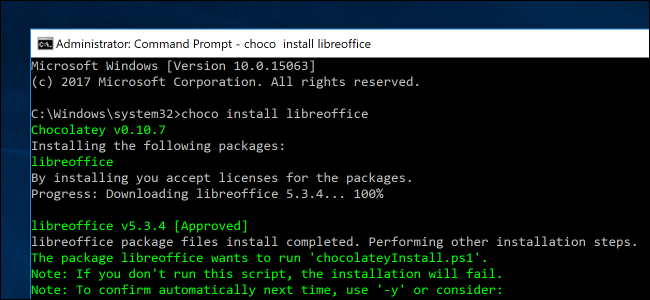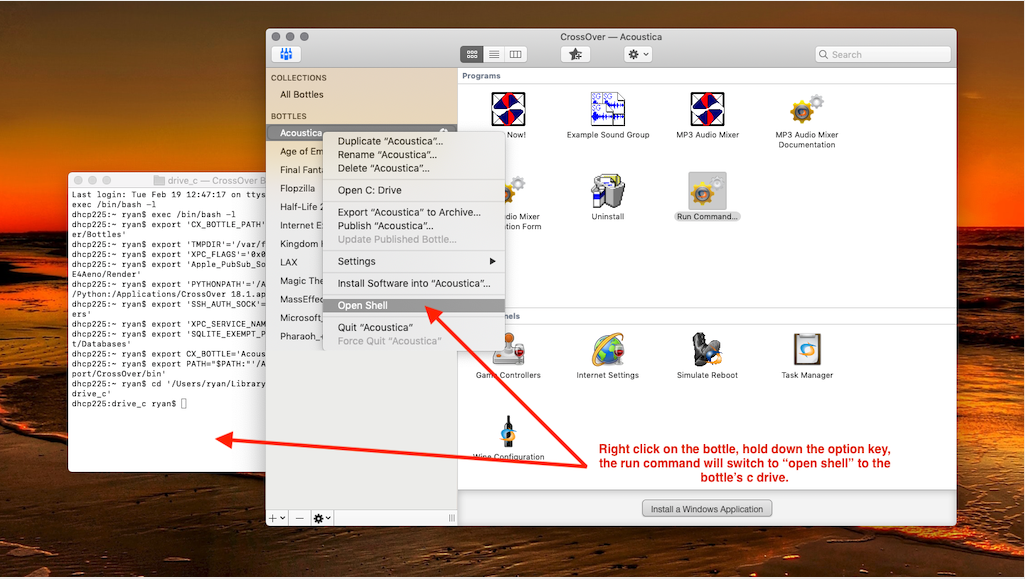
May 31, 2020 In this blog post, I’ll show you how you can use Scoop command-line installer for Windows to install your favorite open source applications which you often enjoy in Linux. With Scoop command-line installer for Windows, you don’t have to worry about Weird and long wizard-style installers, permission popups, and manually installing dependencies. Now, there are other ways to run Wine on Mac OS X, but I feel this is probably the most common. Plus, if you visit the support forums, most of those guys are running Wine this way, so the solutions they give usually apply to the command line. Once you have Wine setup this way, I think it. Jan 01, 2017 How to install Java SDK 9 with Maven and IntelliJ Using Homebrew on a Mac November 2017 edition - Duration: 9:47. EvilTester - Software Testing 3,708 views.

| Click here to return to the 'Installing packages from the command line' hint |
Reinstall Xcode Command Line Tools
is that some packages (notably Fink) don't work using this installer application. Kind of frustrating when you need a command-line app on a remote computer and you can't install Fink in order to install the app! :-)
---
www.AcornWebDesigns.com
Quality websites for inexpensive prices (Is that an oxymoron?)
Mac Os Install Software Command Line
I also discovered this installer command the day that I read the recent article here about installing a no-ip linux client as a startup item. The .pkg that was pointed to by that article did not work via the command line. I had to do it from home. Even then it still didn't seem to be workgin right, though, so I removed it and installed the fink version which seems to be working, once I understood how to set that version up. A fully working command-line installer is much needed, but if it works on some things now that's still pretty good....
---
--- I hate Microsoft and I vote
cd /
sudo /usr/sbin/installer -pkg /path/to/pkg.pkg -target / ---
4am Media, Inc. Mac OS X Training and Consulting
sudo reboot is a harsh command, I believe you'd use all unsaved documents, I wouldn't recommend doing it this way.
Something like:
sudo osascript -e 'tell application 'Finder' to restart'
Would be much better. It would get canceled if there is unsaved data.
arr, but if your using the cli to install packages most likely the box is on a remote site, so u cant press 'save' or 'don't save' and the restart would time out
there has to be away of avoiding this because it would be nice to be able to restart and / or log out a user via the cli
jameso
---
'The time has come,' the walrus said. 'To talk of many things...'
Then use localhost & port 5900 in your vnc client. You can have the remote machine always running the vnc server, or run it from the ssh shell.
Of course, if you go this route, isntalling via the CLI is pointless since you can just do it via the GUI.
The applescript is all very nice, but if no one is logged into the remote machine is does not work, the response is '29:36: execution error: Application isn't running (-600)' (tested with OS X 10.3.5)
This is great. Now if only I could create packages from the command line rather than using PackageMaker interactively.
Install Software Mac Command Lines
You can create packages from the command line. i've done it in 10.4, but haven't tried in 10.5.
in tiger, PackageMaker will load in /Developer/Applications/Utilities/PackageMaker.app
but really all .app's are just folders, so you can call the CLI by /Developer/Applications/Uitilities/PackageMaker.app/Contents/MacOS/PackageMaker
you'll have to feed it a number of flags like -build and -p... i think there's a man page for it somewhere.
If you look in /usr/sbin/ a couple of utils already stand out because of their name:
AppleFileServer
AppleSystemProfiler
DirectoryService
PasswordService
installer
softwareupdate
am-eject
nvram
system_profiler
appletalk
asr
bootparamd
disktool
screencapture
diskutil
You can find out what they do by looking at their man pages or running them (not as root obviously)
Some of these don't have man pages. Notably (for me):
opendiff - run the cocoa diff utility on two files
scselect - select network location
disktool - I'm sure this does something handy